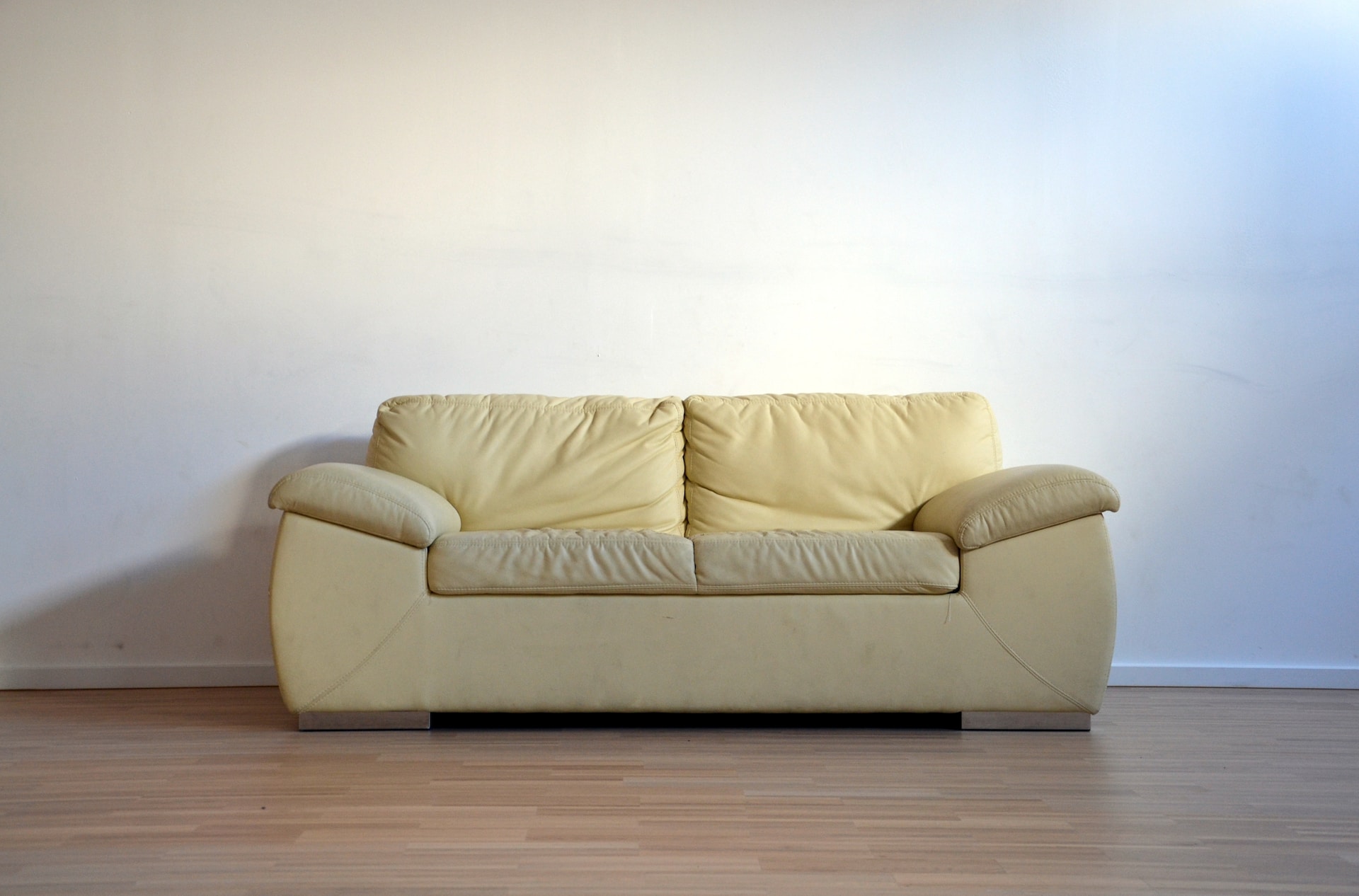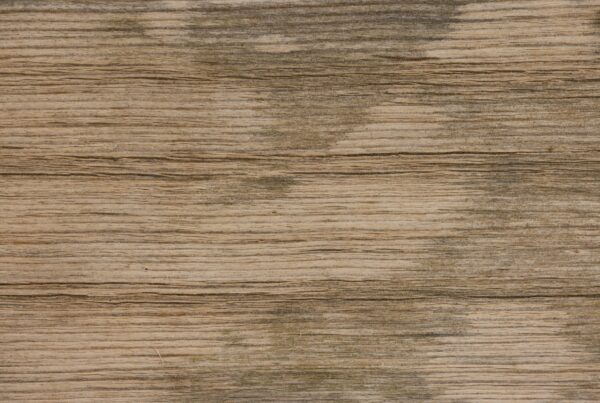Last Updated on December 6, 2023
Having a polyester couch in your home can be a stylish and comfortable addition to your living space. However, over time, it is inevitable that your couch will accumulate dirt, stains, and odors. To keep your polyester couch looking fresh and clean, it’s important to know the proper cleaning techniques and precautions to take. In this blog post, we will guide you through the process of cleaning a polyester couch, from understanding its features to identifying and removing different types of stains. We will also provide tips for routine maintenance and safety precautions to ensure that your couch remains in excellent condition. So, let’s dive in and discover how to effectively clean and maintain your polyester couch!
Understanding the Basics: Polyester Couch and Its Features
Polyester is a popular material used in the manufacturing of couches due to its durability, affordability, and versatility. Before diving into the cleaning process, it’s important to understand the basic features of a polyester couch.
1.1 Types of Polyester Couches
Polyester couches come in various styles, designs, and textures. Some common types include:
- Polyester Blend: Couches that combine polyester with other materials such as cotton or nylon.
- Microfiber Polyester: Couches made entirely of microfiber polyester, known for its softness and stain-resistant properties.
- Jacquard Polyester: Couches with a textured pattern woven into the fabric, providing a more luxurious look.
- Printed Polyester: Couches featuring printed patterns or designs on the polyester fabric.
Understanding the specific type of polyester couch you have will help determine the most suitable cleaning methods and products.
1.2 Features of Polyester Couches
Polyester couches have several characteristics that make them unique. These features impact how you should approach cleaning and maintenance:
- Stain Resistance: Polyester is naturally resistant to stains, making it easier to clean compared to other materials.
- Fade Resistance: Polyester is less prone to fading from sunlight exposure, ensuring that your couch maintains its color for longer periods.
- Water Repellency: Polyester has inherent water-repellent properties, allowing spills to bead up on the surface rather than being immediately absorbed.
- Durability: Polyester is a strong and resilient material, making it suitable for households with children or pets.
Understanding these features will guide you in choosing the appropriate cleaning methods and products to effectively clean your polyester couch without causing damage.
1.3 Advantages and Disadvantages of Polyester Couches
Like any material, polyester couches have their advantages and disadvantages. It’s essential to be aware of these factors when cleaning and maintaining your couch:
Advantages:
- Affordability: Polyester couches are generally more budget-friendly compared to other upholstery options.
- Easy to Clean: Polyester’s stain-resistant properties make it easier to clean and maintain.
- Wide Variety: Polyester couches come in a wide range of colors, patterns, and styles, allowing you to find the perfect match for your home décor.
Disadvantages:
- Static Electricity: Polyester can generate static electricity, attracting lint and dust particles.
- Limited Breathability: Polyester does not allow air to circulate as freely as natural fibers, potentially causing discomfort in hot weather.
- Potential Pilling: In some cases, polyester couches may develop small fabric balls known as “pills” over time.
Being aware of these advantages and disadvantages will help you make informed decisions when cleaning and caring for your polyester couch.
Now that we have a good understanding of polyester couches and their features, let’s move on to the next section: “Preparation for Cleaning Your Polyester Couch.”
Preparation for Cleaning Your Polyester Couch
Before diving into the process of cleaning your polyester couch, it’s crucial to properly prepare and gather the necessary supplies. This section will guide you through the essential steps to ensure a successful cleaning session.
0.1 Why Regular Cleaning is Necessary
Regular cleaning of your polyester couch is essential to maintain its appearance, remove dirt and stains, and extend its lifespan. Neglecting regular cleaning can lead to the accumulation of dust, allergens, and odors, which can be detrimental to your couch’s overall condition and your health.
0.2 Identifying the Type of Stains
Before starting the cleaning process, it’s essential to identify the type of stains present on your polyester couch. Different stains may require specific cleaning techniques or products for effective removal. Common types of stains on polyester couches include food and beverage spills, pet stains, ink marks, oil stains, and general dirt and grime.
0.3 Gathering Necessary Cleaning Supplies
To ensure a successful cleaning session, gather the following cleaning supplies:
- Vacuum cleaner with upholstery attachment: This will help remove loose dirt, dust, and debris from your couch.
- Soft-bristle brush or microfiber cloth: Ideal for gently scrubbing and agitating stains without damaging the polyester fabric.
- White vinegar: A natural and effective cleaning agent that can remove stains and odors.
- Mild dish soap: Suitable for general cleaning and stain removal.
- Baking soda: Effective in removing odors and freshening up your couch.
- Clean, white cloths or paper towels: These will be used for blotting and drying your couch.
- Distilled water: Recommended for diluting cleaning solutions to prevent any mineral buildup.
- Spray bottle: Useful for applying cleaning solutions evenly.
- Plastic wrap: Can be used to cover wet areas to allow cleaning solutions to penetrate stains.
- Optional: Upholstery cleaner or stain remover specifically designed for polyester fabrics. Ensure it is compatible with your couch type and follow the manufacturer’s instructions.
By gathering these supplies beforehand, you’ll have everything you need at your fingertips, making the cleaning process smoother and more efficient.
Now that you’re prepared with the necessary supplies, it’s time to move on to the next section: “How to Clean Different Types of Stains on Your Polyester Couch.”
How to Clean Different Types of Stains on Your Polyester Couch
Polyester couches can be prone to various types of stains, from food and beverage spills to ink marks and oil stains. In this section, we will explore different cleaning methods for each type of stain, ensuring that you have the knowledge and techniques to tackle any stain that may occur.
1.1 Removing Light Stains
Light stains, such as fresh spills or surface dirt, can often be easily removed with simple cleaning techniques. Follow these steps:
- Blot the stain immediately with a clean, white cloth or paper towel to absorb as much liquid as possible. Avoid rubbing, as it may spread the stain.
- Mix a solution of mild dish soap and warm water. Dip a soft-bristle brush or microfiber cloth into the solution and gently scrub the stained area in a circular motion.
- Rinse the area by blotting with a clean cloth dampened with distilled water. This will help remove any soap residue.
- Allow the area to air dry. Avoid using a hairdryer or direct heat, as it may damage the polyester fabric.
1.2 Dealing with Heavy Stains
For heavier stains, such as dried-on food or stubborn dirt, a slightly more aggressive approach may be needed. Follow these steps:
- Create a cleaning solution by mixing equal parts white vinegar and distilled water.
- Test the solution on a hidden or inconspicuous area of the couch to ensure it doesn’t cause any discoloration or damage.
- Apply the cleaning solution to the stained area using a spray bottle or a clean cloth. Gently blot or scrub the stain, working from the outside towards the center.
- Rinse the area by blotting with a clean cloth dampened with distilled water to remove any vinegar residue.
- Allow the area to air dry completely.
1.3 Removing Oil-based Stains
Oil-based stains, such as grease or lotion marks, require a different approach. Follow these steps:
- Sprinkle a generous amount of baking soda over the stained area. Allow it to sit for at least 15 minutes to absorb the oil.
- Gently brush away the baking soda using a soft-bristle brush or vacuum with an upholstery attachment.
- If the stain persists, mix a small amount of mild dish soap with warm water. Dip a clean cloth into the soapy solution and gently scrub the stain.
- Rinse the area by blotting with a clean cloth dampened with distilled water. Ensure all soap residue is removed.
- Allow the area to air dry.
1.4 Getting Rid of Ink Stains
Ink stains can be particularly challenging to remove. Follow these steps:
- Blot the ink stain immediately with a clean, white cloth or paper towel to absorb as much ink as possible. Avoid rubbing, as it may spread the stain.
- Apply a small amount of rubbing alcohol or specialized ink remover to a clean cloth.
- Gently dab the stain with the cloth, working from the outside towards the center. Avoid excessive rubbing, as it may damage the fabric.
- Rinse the area by blotting with a clean cloth dampened with distilled water to remove any residue.
- Allow the area to air dry.
By following these cleaning methods, you’ll be able to effectively tackle different types of stains on your polyester couch. However, it’s important to test any cleaning solution on a hidden or inconspicuous area first to ensure it doesn’t cause any damage or discoloration. Now, let’s move on to the next section: “Routine Maintenance for Your Polyester Couch.”
Routine Maintenance for Your Polyester Couch
Routine maintenance is crucial for keeping your polyester couch in excellent condition and extending its lifespan. By following these simple steps, you can ensure that your couch remains clean, comfortable, and looking its best.
2.1 Regular Vacuuming
Regular vacuuming is essential to remove loose dirt, dust, and debris from your polyester couch. Follow these steps for effective vacuuming:
- Attach the upholstery brush or soft-bristle brush to your vacuum cleaner.
- Gently vacuum all surfaces of the couch, including cushions, backrests, and armrests. Pay extra attention to crevices and seams where dirt tends to accumulate.
- Use gentle, back-and-forth motions rather than pressing too hard to avoid damaging the fabric.
- If your couch has removable cushions, vacuum both sides thoroughly.
By incorporating regular vacuuming into your cleaning routine, you can prevent dirt and dust from embedding into the fabric and keep your couch looking fresh.
2.2 Spot Cleaning
Spot cleaning is necessary to address small spills or stains as they occur. Follow these steps for effective spot cleaning:
- Blot the spill or stain immediately with a clean, white cloth or paper towel to absorb as much liquid as possible. Avoid rubbing, as it may spread the stain.
- If the spill is a liquid, use a clean cloth dampened with distilled water to gently blot the area and remove any remaining residue.
- For solid spills, use a spoon or blunt knife to carefully lift off any solid particles. Be gentle to avoid pushing the stain deeper into the fabric.
- If the stain persists, refer to the appropriate cleaning method for the specific type of stain mentioned in the previous section.
By addressing spills and stains promptly, you can prevent them from setting into the fabric and becoming more challenging to remove.
2.3 Avoiding Direct Sunlight and High Temperatures
Direct sunlight and high temperatures can cause fading, discoloration, and deterioration of your polyester couch. Follow these steps to protect your couch:
- Position your couch away from direct sunlight to minimize exposure. If this is not possible, consider using curtains, blinds, or window film to filter the sunlight.
- Avoid placing your couch near heat sources such as radiators, fireplaces, or heaters.
- If your couch is near a window, consider using UV-protective window treatments to reduce the effects of sunlight.
By protecting your couch from excessive sunlight and heat, you can preserve its color and prevent premature aging.
2.4 Professional Cleaning Services
While regular maintenance can go a long way in keeping your polyester couch clean, it’s beneficial to have professional cleaning done periodically. Professional cleaning services have the expertise and equipment to deep clean your couch, removing embedded dirt and stains. Consider scheduling a professional cleaning every 12-18 months or as needed.
By incorporating these routine maintenance practices into your couch care routine, you can ensure that your polyester couch remains clean, comfortable, and in excellent condition for years to come. Now, let’s move on to the final section: “Safety Precautions While Cleaning Your Polyester Couch.”
Safety Precautions While Cleaning Your Polyester Couch
While cleaning your polyester couch, it’s important to prioritize safety to avoid any damage to the fabric or potential harm to yourself. This section will outline some essential safety precautions to keep in mind during the cleaning process.
3.1 Using Cleaning Agents Safely
When using cleaning agents on your polyester couch, follow these safety precautions:
- Read and follow the instructions provided by the cleaning agent manufacturer. Use the recommended amount and dilution ratio to prevent damage to the fabric.
- Test any cleaning solution on a small, inconspicuous area of the couch before applying it to a larger, more visible area. This will help ensure that the solution does not cause any discoloration or fabric damage.
- Avoid using harsh chemicals or bleach-based products, as they can damage the polyester fabric.
- Work in a well-ventilated area to prevent inhaling fumes from cleaning agents. Open windows or use fans to improve air circulation.
3.2 Taking Care of Your Couch’s Color
To preserve the color of your polyester couch, consider the following precautions:
- Avoid using abrasive or colored cleaning cloths, as they may transfer dyes onto the fabric and cause discoloration.
- Always blot stains rather than rubbing them, as rubbing can cause color distortion or fading.
- If you notice any color fading or changes after cleaning, consult a professional upholstery cleaner for advice.
3.3 Avoiding Potential Damage
To prevent damage to your polyester couch, keep these precautions in mind:
- Avoid excessive moisture during the cleaning process, as it can lead to mold or mildew growth. Ensure your couch dries thoroughly after cleaning.
- Do not use excessive force or scrub aggressively, as it may damage the fabric fibers or cause pilling.
- Be cautious with sharp objects or tools near your couch to prevent accidental tears or cuts.
- If your polyester couch has removable covers, follow the manufacturer’s instructions for proper removal and reattachment to prevent damage.
By following these safety precautions, you can ensure that your cleaning process is effective, while minimizing the risk of harm to yourself or damage to your polyester couch.
Congratulations! You now have a comprehensive understanding of how to clean and maintain your polyester couch. By applying the knowledge and techniques provided in this blog post, you can keep your couch looking fresh, clean, and inviting for years to come. Happy cleaning!




